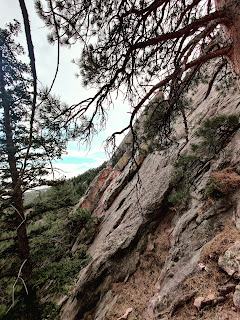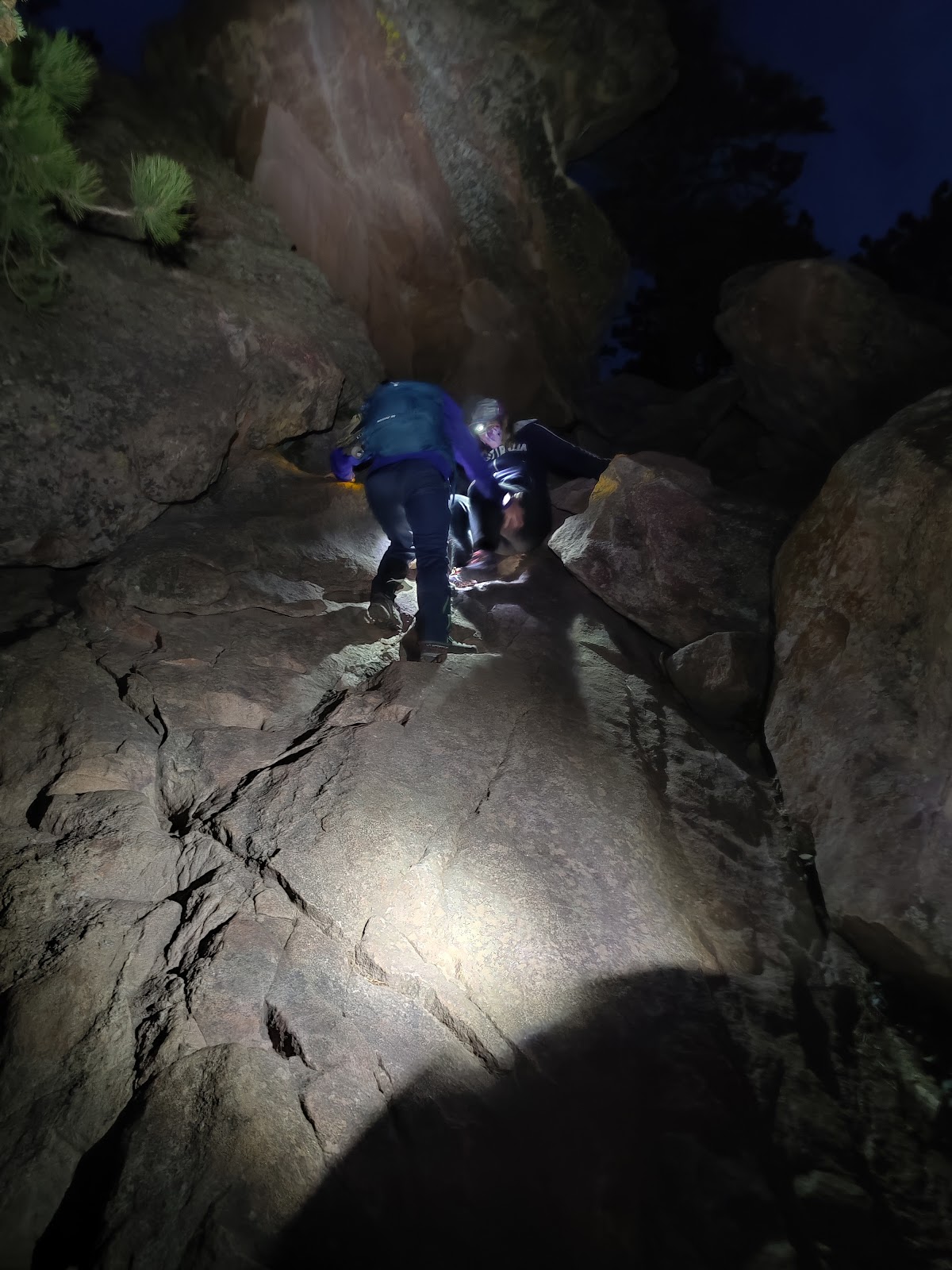A fabulous by-product of reading biographies is the gleaning of great mentionables, great quotes and points of view or recollections that though not yours you get to claim in a way because you've read the book, you've "done the work," at least, in some fashion. No? Yes?
What's the point of reading a book if you can't revel in it, if you can't praise it and talk about it to the point of exhaustion, that is, when appropriate? I just finished Jasper Fforde's early novel, The Eyre Affair, and posted the cover and my gushing about it on Instagram. It's what one does! Yes? No? And during my sojourn in Colorado, if I was going to be awake until the wee hours of the morning because of pain medications and my broken ankle and shattered shin, I might as well (and I did) use those hours to good advantage by taking delight in Horace Afoot by Frederick Reuss, Brazzaville Beach by William Boyd, The Square by Marguerite Duras, The River Between by James Ngugi, and A German Requiem by Philip Kerr.
So, preamble aside, let me boast the renowned Canadian classical pianist, Glenn Gould (1932-1982). The 1989 biography by Otto Friedrich was a fascinating experience, to say the least. For instance--
“I’ve always had some sort of intuition,” Gould once said, “that for every hour you spend in the company of other human beings you need X number of hours alone. …isolation is the indispensable component of human happiness.”Glenn Gould’s The Goldberg Variations had appeared when Bernstein's wife, Felicia, was pregnant with their first son. While she had to wait out the last month during a New York heat wave, that record became their “song.”
Yet Bernstein's most vivid personal memory of the young Gould came slightly later, when they were preparing to record the Beethoven C minor Concerto, and Bernstein invited the pianist to dinner at his place in the Osborne apartment house, just across from Carnegie Hall.
“He was all bundled up,” Bernstein recalled, sipping on his Scotch and soda and taking another cigarette from his silver cigarette box, “and he had an astrakhan hat over some other kind of cap, doubly hatted, doubly mittened, and endlessly muffled and muffiered. And Felicia said, ‘Aren’t you going to take your hat oft?’ He said, ‘No, no, that’s all right, I’ll keep it on.’
“A few minutes later, she asked me, in an aside over drinks, whether this was a religious matter with him, and I said ‘As far as I know, it isn’t!’ So she brought it up again to him and said, ‘Really, I think you ought to take your hat off, if you don’t have any reason for having it on, because it’s very warm.’
“And you know, he did. And when he had taken his hat off, Felicia said, ‘But this is impossible!’ I mean, he had--this was a mat of hair, soaking wet, and just unnourished, and no air. It was hair that hadn’t breathed in God knows how long. And while I was fixing drinks or something, she lured him into the bathroom, sat him down at a stool and cut his hair. And washed it, and combed it. And he came out looking like some kind of archangel, radiant, with this beautiful hair which one had never seen the color of, quite blond, and thinning, haloed-ish. It was really a very beautiful thing to see, what she did, his acceptance, equally beautiful, and the result, which was thrillingly beautiful.”
And then let me boast a quote or two from the Scottish novelist Muriel Spark (1918-2006)--
It's the "small violence" that really moved me.
Bibliography:
Stannard, Martin. Muriel Spark: The Biography, New York: W.W. Norton & Company, 2010.
Friedrich, Otto. Glenn Gould: A Life and Variations, New York: Random House, 1989.











